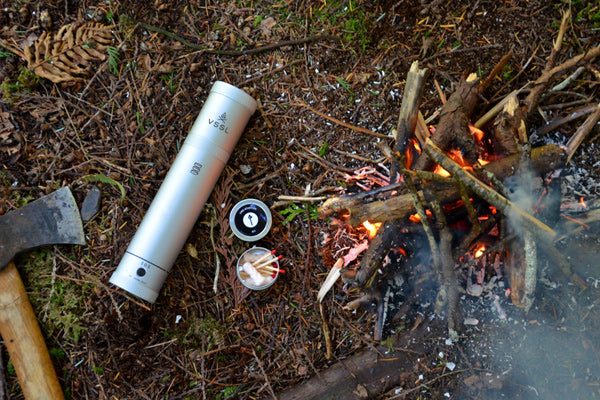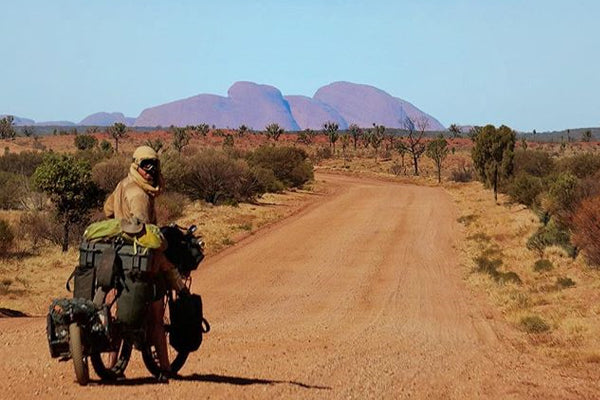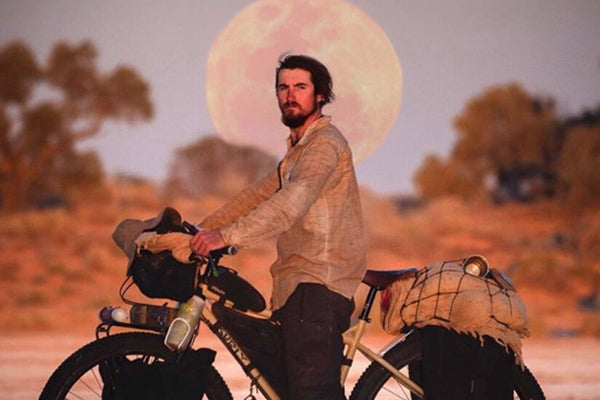One of the most enjoyable aspects of getting outside is sitting around a fire with good friends and family. A fire has been our primary source of heat, light and cooking fuel since the dawn of civilization. Its utility is not lost on us today as it’s essential to survival in the outdoors.
Even though humanity has been lighting fires for thousands of years, it’s not always easy to get one going! Wet wood or lack of sufficient smaller kindling are the two biggest culprits that prevent ignition.

Each VSSL CAMP Supplies contains some important items to help you easily start your fire no matter the conditions: waterproof matches, Tinder Quik tabs, a razor blade, and a wire saw.
Whether you have a VSSL CAMP Supplies or not, here are the most important steps and elements in making sure you become a pro at lighting a fire in any condition.
Step 1. Kindling
Kindling is the foundation of a good fire. If you find yourself in the wild and don’t have access to dry wood, one pro tip is to see if you can find an abandoned birds nest to use as a kindling base, as they use the perfect sized twigs for construction. If not, dry grasses and twigs the size of matchsticks are what you’re after. Source enough of these to make a bundle (like a nest) that could fit in both hands.

Step 2. Make A Cave
Make a cave in the center of the bundle and place a few Tinder Quik tabs that come with your VSSL CAMP Supplies, or your smallest kindling, inside the cave. If you're using the Tinder Quik tabs, make sure that the tabs have been pulled apart (frayed). Light the Tinder Quik tabs, and assuming your kindling is relatively dry, you’ll be well underway.


Step 3. Feed The Fire
Make sure you have Kindling that increases in size and place it on the fire as it grows. Adding too much can smother it while adding too little can starve it of fuel. From your initial “nest” sized twigs, move to pinky sized, then thumb-sized. Once the fire is able to consume thumb-sized kindling, you can then proceed to add larger pieces. If you’ve made it to this point, congratulations! Your fire should be self-sustaining.


BONUS: Tips For Wet Conditions
If dry kindling isn’t available, use the razor blade in your VSSL CAMP to shave off the wet perimeter of sticks and then shave dry flakes of kindling off the exposed dry inner limb. Quite often a fire needs encouragement with extra airflow to stoke the embers (blowing!). It’s important to get as close as possible (without burning yourself) before blowing. You need a well-directed force of air to properly stoke the embers. Misdirected air has as good of a chance of putting a fire out as it does helping it. Don’t rush, and make sure you have pre-collected enough wood for several hours of burn time. And most importantly, enjoy one of the best things about being outside; a warm campfire!
-Todd Weimer




Leave a comment
This site is protected by hCaptcha and the hCaptcha Privacy Policy and Terms of Service apply.